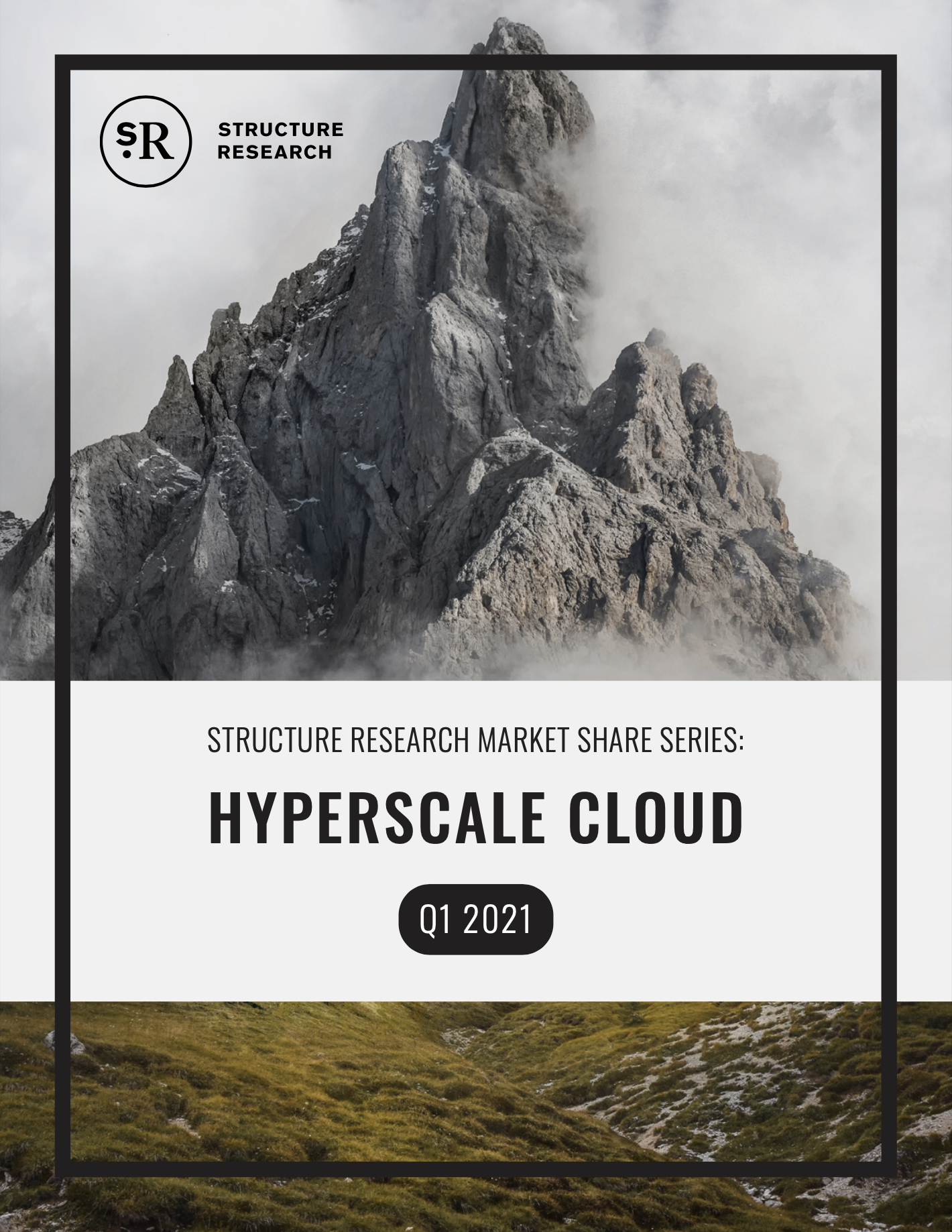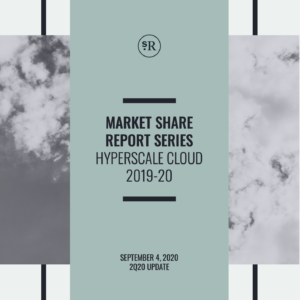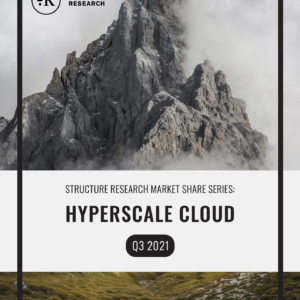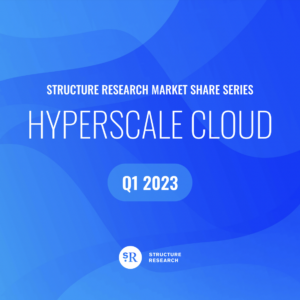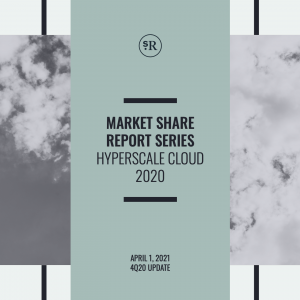Executive Summary
Hyperscale cloud remains at the centre of the Internet infrastructure ecosystem. Growth rates have already moved out of the pandemic-induced lows and the 1Q21 period showed that things are tracking steadily and consistently. There are even signs that things could accelerate as the world gets closer to the latter part of the pandemic and the global economy recovers further.
The resiliency of the sector is built on both the end user and operating sides. For end users, cloud is a way to operate more efficiently, gain geographic diversity, reduce time to market and access and accelerate innovation. On the operating side, the cloud game is all about scale. Raw compute and storage is almost like a loss leader, but it enhances stickiness. Customer acquisition takes time, effort and resources. But once running on public cloud, end user uptake of value-add is easy and highly automated, and this has a direct spin-off effect on margins and bottom line profitability. It is no surprise that once public clouds hit a certain level of critical mass, profitability starts to kick in, and the foundation is in place to drive even more of it as time goes on.
Hyperscale cloud growth has a direct impact on the rest of the Internet infrastructure ecosystem. Wholesale colocation is needed to support this growth and as customers do more on public cloud, they inevitably need the help of third party service providers to assist with everything from cost and performance optimization, to security, monitoring, strategy and planning. Hyperscale cloud is a perfect example of a rising tide lifting all boats and that is exactly what is happening on the ground today.
This report provides comprehensive growth rate projections and total revenue estimates for the world’s nine hyperscale cloud platforms on a five-year basis. Included are geographic splits and a total market share summation. This latest version also features a refresh of our hyperscale cloud region and interconnection node tracking. Hyperscale cloud is projected to reach nearly USD $540b in value in 2026, with a five-year CAGR of ~35%.


